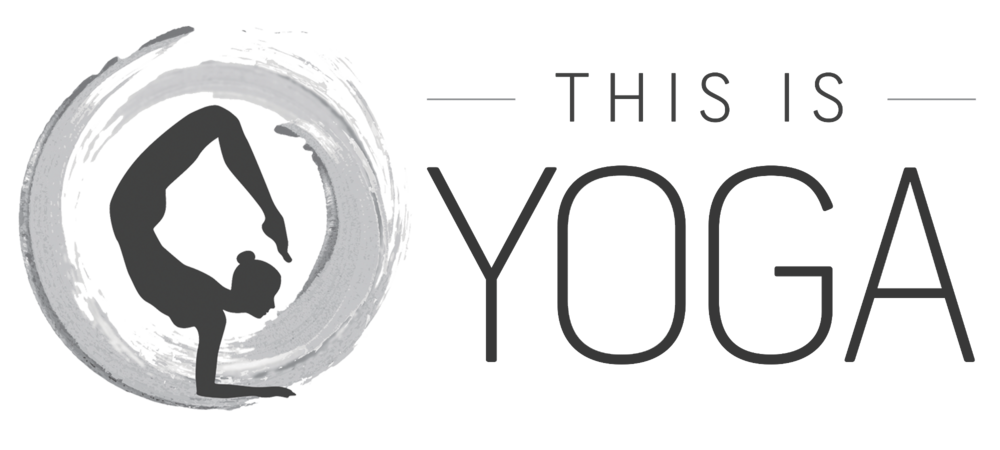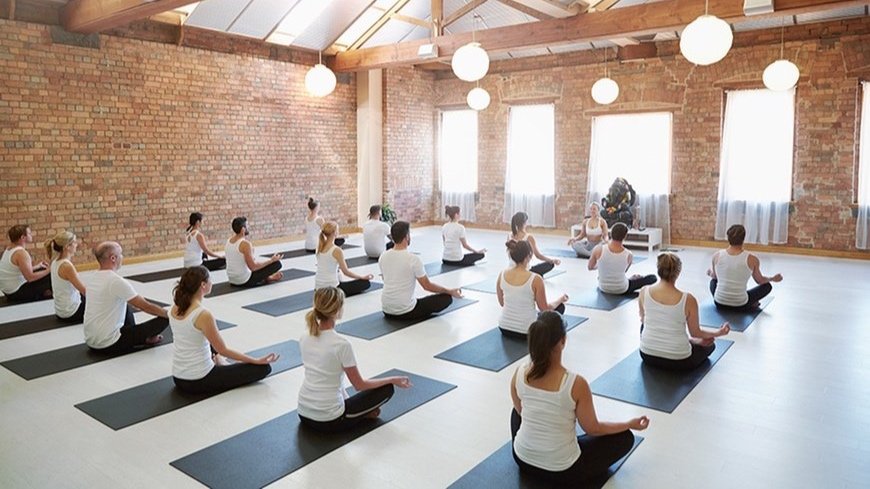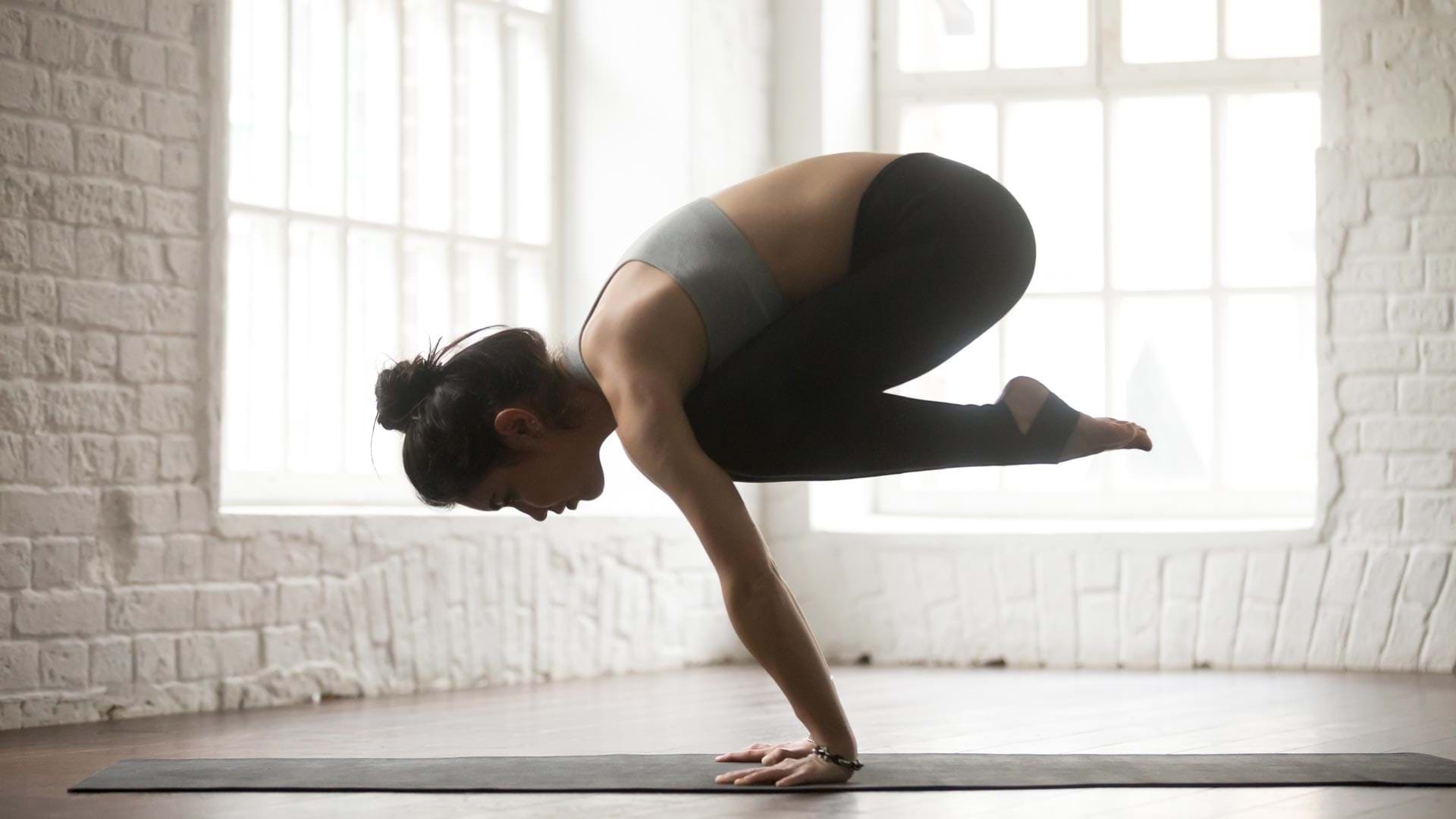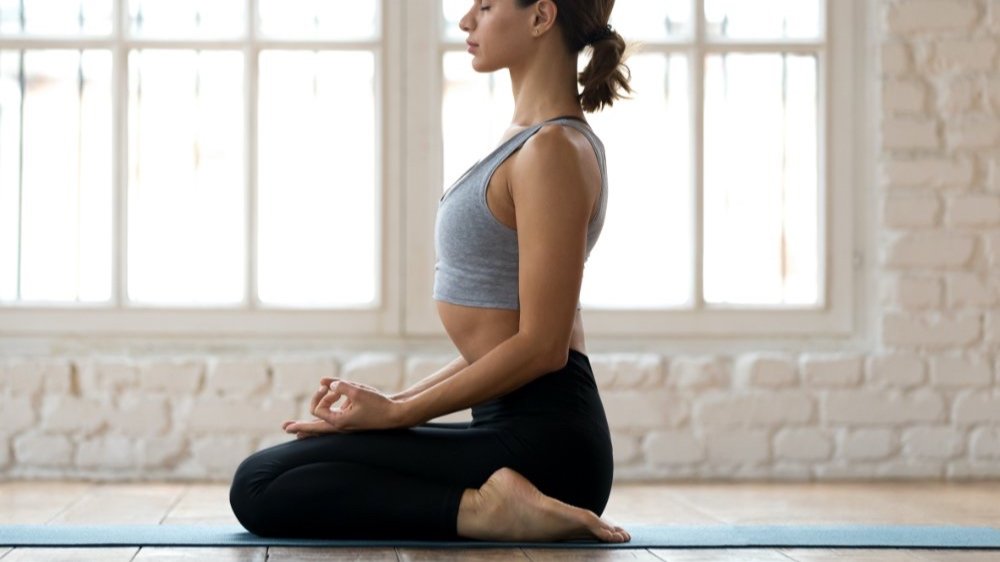Winter is the season of introspection, manifesting, integration, hibernation, and surrender. It’s the perfect time to curl into your practice and go deeper. The long dark days of winter can lend themselves to physical stagnation, stress and fatigue, and rolling out your mat can help you call upon the light within by honouring the pause. Find a delightful fragrance in the exchange of surrender and support.
Being the fourth season, winter is a time for stabilising. The number four relates to the grounding nature of all things as well as nature itself — the four seasons, the four elements, and the four directions. This foundational number also corresponds with the heart chakra — the fourth energy centre. And the heart chakra, much like winter, is the bridge between the spiritual and the physical.
The winter blues are very common this time of year, with many of us experiencing a mood shift during the colder & darker days of winter. The chilly air might make you less than excited for your yoga practice, or to even leave the house at all. We have got you! Plunge into your practice in our warm studio set amongst cosy lamps and candles.
Here are 4 ways yoga can help you beat the winter blues:
1. WARM UP WITH HOT YOGA
Hot yoga is one of the best ways to warm up during the coldest months of the year! Not only does hot yoga help you to sweat out toxins, but practising hot yoga loosens stiff muscles, and creates flexibility in your body and joints. If your hands and feet are always cold, even a few minutes in a hot yoga room can increase circulation and help spread heat from your core outwards towards your fingers and toes. Stay healthy this winter by sweating it out on your mat!
2. STRETCH YOUR TIGHT MUSCLES
We have a natural tendency to hunch over more in the winter – especially when we need to bury our faces in our scarves and coats in order to stay warm. When muscles are cold, they tend to be less flexible, and movement can sometimes become painful. Yoga (especially in heated classes) gives us the space to open up again. Taking time for heart opening asanas can help counteract ‘the hunch’ and creates more space in your physical body.
3. BOOST YOUR IMMUNE SYSTEM & MOOD
Research shows that doing yoga regularly can help reduce the symptoms of depression, anxiety, and seasonal affective disorder. If you find yourself missing sunshine and struggling to boost your mood, carving out time to be on your mat can help! Yoga has also been proven to boost your immune system and reduce inflammation. Say goodbye to that winter cold and set the tone of your Winter.
4. YOGA PRACTICE
Between the lack of sunlight and frigid temperatures draining your energy, winter is a time when energy levels are at an all-time low. Yoga is a great way to naturally boost energy! Increased breathing allows our blood to constantly receive fresh oxygen, and movement stimulates blood flow and circulation, which increases energy and benefits the entire body. Yoga can also counteract some of the harmful effects of sitting down for too long! Plan for your workplace to start a corporate wellness plan and hold each other accountable. For corporate packages please get in touch with us!
The following four yoga postures are gentle and nourishing for the cold winter months ahead and will help to support your immune system, gently squeezing toxins from internal organs and lowering stress hormones in the body. With these supportive poses in your pocket, old man winter can bring it on.
Supine Twists
Legs up the wall
Lizard Lunge
Reclined butterfly pose






